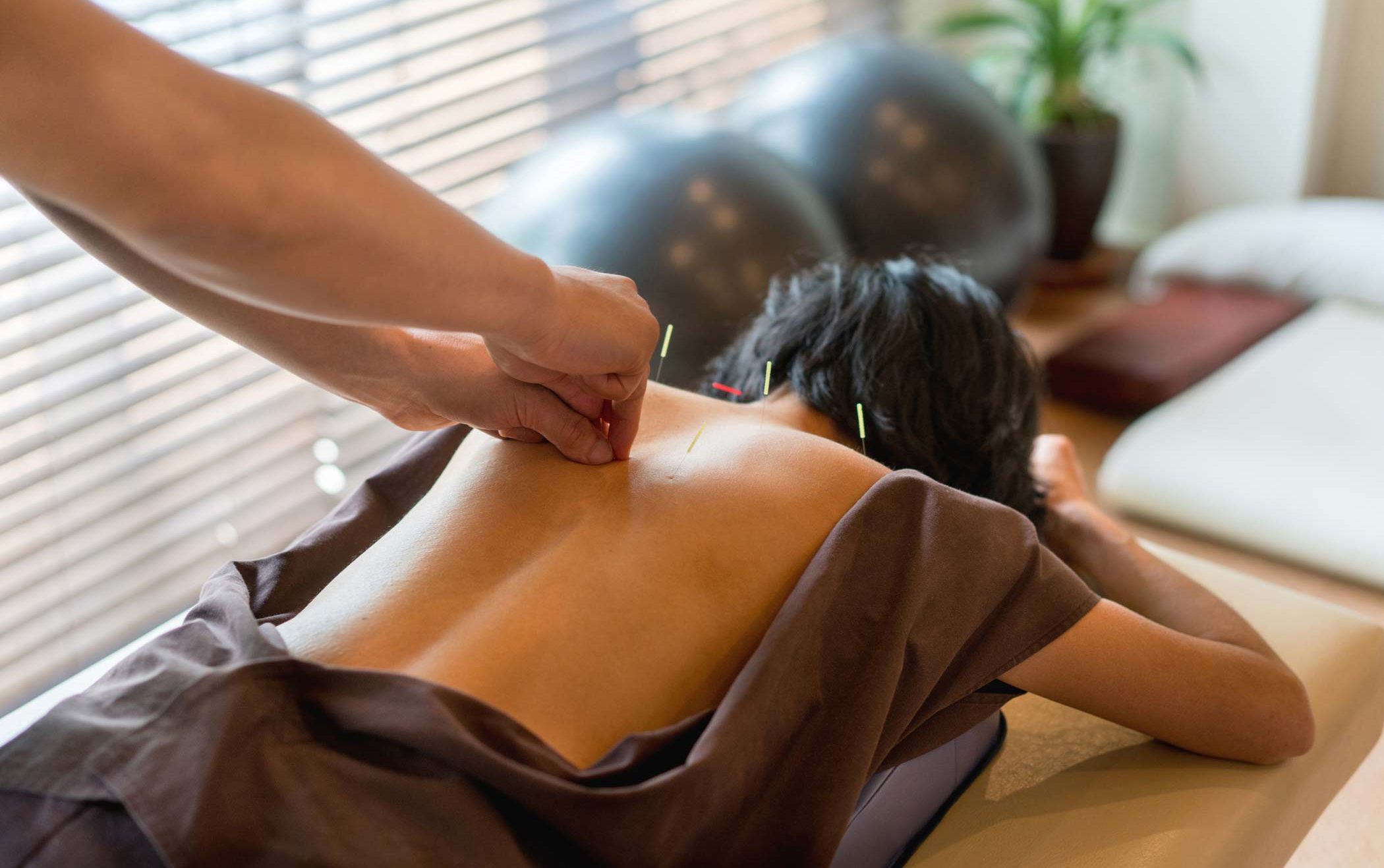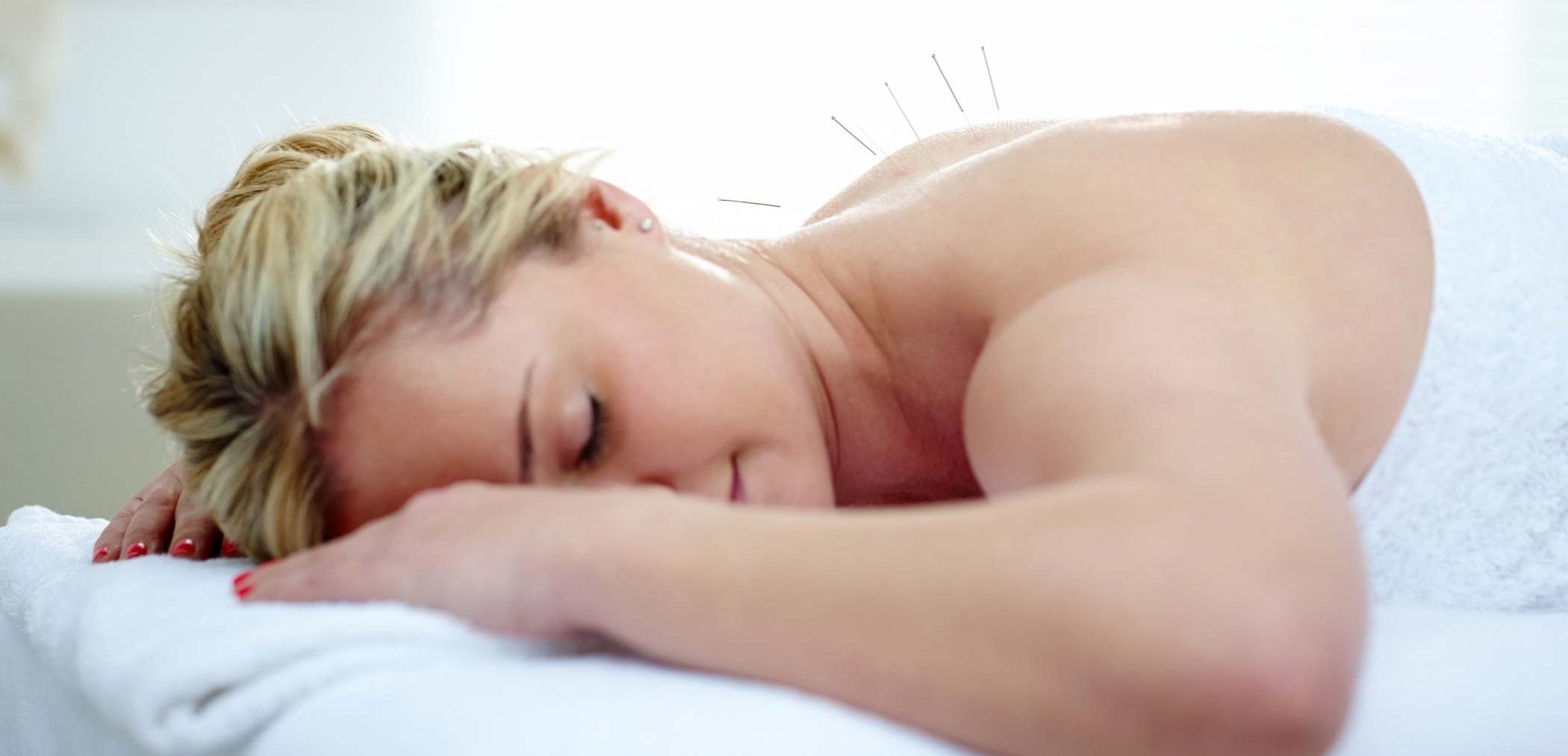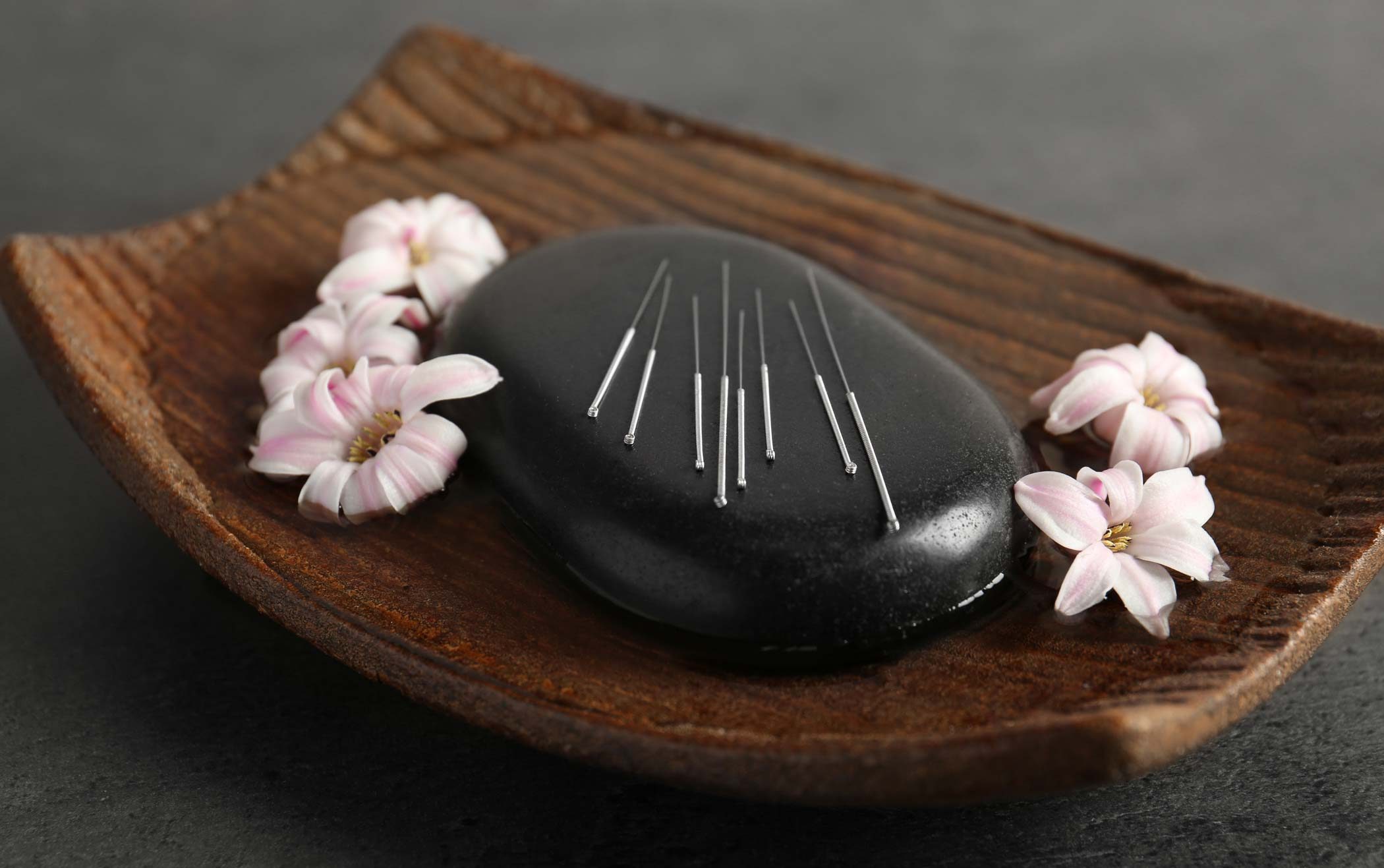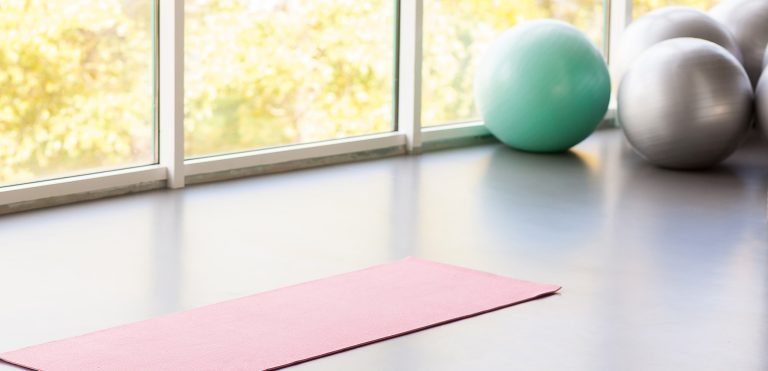“So, you like acupuncture?” – is a common reaction of people advised to attend a dry needling procedure. Although there is something the two have in common--needles placed into skin without any injection--the similarities end there. If you experience muscle soreness or ‘knots’, and are not afraid of needles, you might consider talking with your physician about whether this procedure might be right for you.
That small irritating point
It’s normal to experience muscle pain after exercising or being locked in the same position for too long. But there’s another kind of pain – and I’m sure you know what I’m talking about – that’s more persistent and more annoying. It subsists in a very small spot of your muscle, and comes back after being gone for a while.
It’s called a trigger point and its symptoms are:
- You didn’t experience any trauma, infection or inflammation, but still there’s a discrete point in your muscle that hurts.
- You can feel it as a node or band in the muscle when you touch it.
- When you stimulate the point, the muscle twitches (instead of contracting or no response at all).
- The pain might spread to the wider area of the muscle.
This may come as a surprise, but there’s also some disagreement in the medical community about whether trigger points exist. But if you’re experiencing this annoying sensation (whether it’s caused by something that exists or not), there are things you can do to feel better. Among them is dry needling to treat muscle spasms and trigger points.
How is dry needling different from acupuncture?
Both acupuncture and dry needling use needles with no injection in order to relief the pain. But what are the differences and why would one consider choosing one instead of the other?
Acupuncture is a technique of traditional Chinese medicine. The assumption here is that person’s health depends on the life force known as qi (pronounced ‘chi’) that runs along specific paths in the human body. If you’re feeling unwell, according to traditional Chinese medicine, the flow through your meridians must be compromised, and the acupuncture would set it right.
The proponents of acupuncture claim that inserting needles in the meridian points reduces muscle pain and has overall benefits for one’s health.
In contrast to dry needling, acupuncture has been practiced for a long time and, well-regulated and licensed.
Dry needling doesn’t require to believe in meridians. But what is dry needling and how does it work? The needle is inserted into the trigger point (that we have described above). Then the muscle twitches and sets in motion the pain-relief mechanism built into your body. This releases tension, pressure and inflammation of the muscle.
The needles contain no syringe and they can be placed into your body for longer or shorter periods of time, more or less deeply, depending on the type and intensity of pain.
Although it is usually done by sports therapists or medical personnel, there is still no regulation of this practice, so you should choose someone you can trust to perform it!
What does it feel like?

Less pain and more range of motion – sounds great! But many people are scared or unsure about dry needling, and it’s perfectly reasonable. After all, you need to know what you get into!
Here are some things you need to know if you’re considering this procedure:
- During the procedure you might feel some minor temporary pain – but not necessarily! Around 30-40% of people claim having felt nothing.
- After the treatment you might experience some minor bleeding or bruising where the needles were inserted. Again, this is normal and nothing to worry about.
- If you feel soreness a couple of hours or even a full day after the procedure, don’t worry, just refrain from strenuous activity for a while.
- Some people claim to feel more emotional, tired, or even elevated after the procedure. The sensation should last about an hour or so.
If the pain or other unpleasant sensation is too strong or lasts for more than a day, you should contact your doctor.
Takeaway
If you experience pain and feel there are trigger points in your muscles or surrounding fibers, you have several options for treatment. If you are not a believer of qi and meridians, dry needling might be just a procedure for you. However, don’t use it as a standalone therapy – you might also need massage, rest and adapt your workout regime to your circumstances.
In any case, you should consult with your doctor before taking up this procedure – especially if you’re taking blood thinners or recovering from surgery. And, perhaps naturally, if you’re afraid of needles, it’s probably not for you – there are other alternative solutions you can try out.
Benefits of dry needling include helping with muscle, joint pain, jaw, mouth and spinal problems, night cramps and repetitive motion disorders. With minor pain during the procedure and a slight chance of some discomfort after, there are still good reasons to try it.




